Exploring SIP Panel Technology
SIP panels, or Structural Insulated Panels, represent a sophisticated building technology that integrates a foam core between two structural facings. This innovative construction material is gaining traction in the sip construction industry due to its efficiency and sustainability. SIPs are used in various applications, from sip homes to commercial buildings, offering a high-performance solution that stands out in the realm of modern construction.
Types and Applications of SIPs
The versatility of sip structural insulated panels is evident in their various types, each suited to different climatic conditions and building requirements. EPS panels, known for their balance between insulation and fire resistance, are widely utilized in residential construction. In contrast, PIR panels, with their superior insulative properties, are ideal for environments with extreme temperature fluctuations. The application of these panels extends beyond sip panel homes to commercial and industrial buildings, showcasing their adaptability across different architectural demands.
Features and Materials of SIPs
Structural insulated panels are engineered with precision to ensure optimal performance. The core materials range from expanded polystyrene (EPS) to polyurethane (PU), each providing unique benefits. For instance, sip insulation is enhanced with PU cores, making it an eco-friendly option that helps reduce energy costs. The outer layers often consist of oriented strand board (OSB), contributing to the panel's strength and durability. This combination of materials results in insulated panel homes that are not only energy-efficient but also robust.
Advantages of SIP Technology
The adoption of sip panel construction brings numerous advantages. These panels offer exceptional thermal performance, creating an airtight envelope that significantly lowers heating and cooling expenses. Furthermore, the lightweight nature of foam insulated panels streamlines the construction process, reducing labor costs and construction time. The inherent strength of structural sip panels also contributes to their popularity, providing a sturdy framework for various building designs.
Sustainability and Environmental Impact
Insulated panel construction is not just about energy efficiency; it's also about reducing the environmental footprint. SIPs contribute to sustainable building practices by minimizing waste during construction and operation phases. The energy savings associated with insulated panel structures play a crucial role in promoting green building standards, making SIP technology a responsible choice for the future of construction.
Choosing the Right SIP for Your Project
Selecting the appropriate SIP for your project involves considering factors such as insulation requirements, climate, and structural demands. While sip panels cost may vary based on these factors, the long-term savings in energy efficiency and construction speed make them a cost-effective solution. For those embarking on sip building projects, understanding the specific properties and benefits of each type of SIP is essential to achieving the desired outcome.




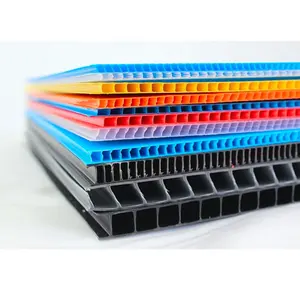

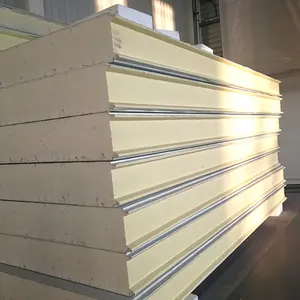


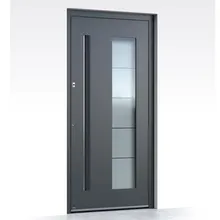




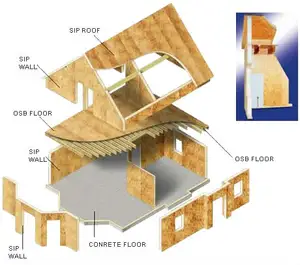


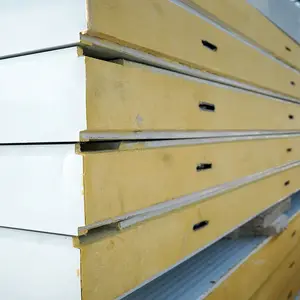

























 浙公网安备 33010002000092号
浙公网安备 33010002000092号 浙B2-20120091-4
浙B2-20120091-4